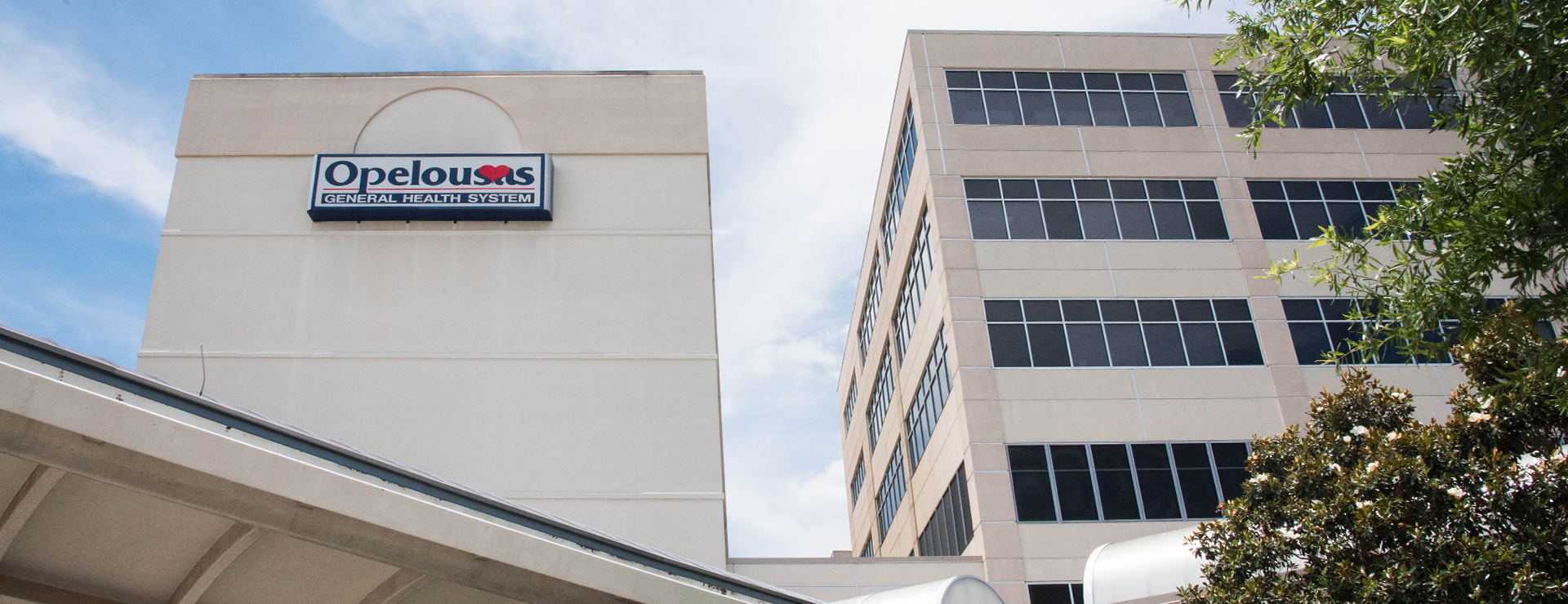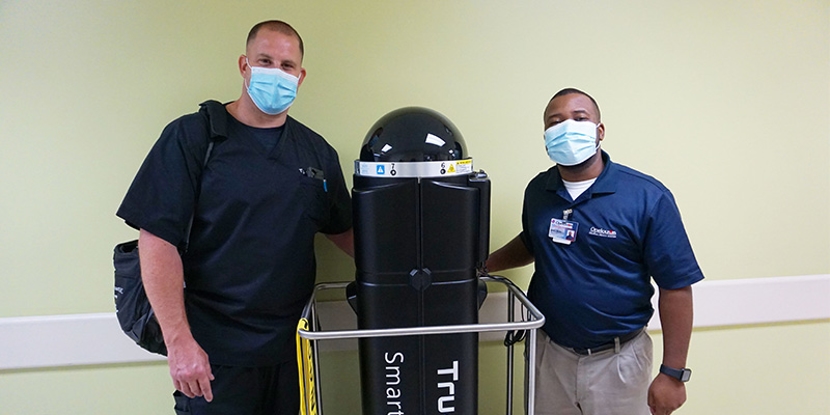
Monkeypox Resources
HOW IT SPREADS:
- Monkeypox is often spread from person to person through direct contact with a rash or sores of someone who has the virus. It can be spread through contact with clothing, bedding & other shared items of someone infected. It can be spread through prolonged face-to-face contact or during intimate physical contact including kissing, cuddling, or sex.
- A pregnant person can spread the virus to their fetus through the placenta.
- It is also possible for people to get monkeypox from infected animals, either by being scratched or bitten by the animal or by preparing or eating meat or using products from and infected animal.
SYMPTOMS:
-
A rash that may be located on or near the genitals (penis, testicles, labia,
and vagina) or anus (butthole) and could be on the other areas like the
hands, feet, chest, face, or mouth.
- The rash will go through several stages, including scabs, before healing.
- The rash can initially look like pimples or blisters and may be painful or itchy.
- Other symptoms include fever, headache, muscle aches and backache, swollen lymph nodes, chills, exhaustion, & respiratory symptoms (sore throat, nasal congestion, or cough).
-
Persons my experience all or only a few of the symptoms
- Sometimes, people have flu-like symptoms before the rash.
- Some people get a rash first, followed by other symptoms.
- Some people only experience a rash.
- Monkeypox symptoms usually start within 3 weeks of exposure to the virus. If a person has flu-like symptoms, they usually develop a rash 1 – 4 days later.
- Monkeypox can be spread from the time symptoms start until the rash is healed, all scabs have fallen off, and a fresh layer of skin has formed. The illness typically lasts 2- 4 weeks.
PREVENTION:
- Avoid close, skin-to-skin contact with people who have a rash that looks like monkeypox.
- Avoid contact with objects and materials that a person with monkeypox has used.
- Wash hands often.
- Vaccination if determined to be at high risk for infection for possible infection.
PRECAUTIONS:
- Monkeypox remains contagious until the rash is fully resolved (scabs fall off and new skin has formed).
- This can take up to 2 – 4 weeks.
- Cover the lesions
- Encourage patient not to scratch skin lesions or touch eyes.
- Avoid contact with other people and pets.
- Avoid skin-to-skin contact with the rash.
- Wash hands often.
- Visitation to persons with monkeypox infection should be limited to those essential for the person’s care and well-being.
TREATMENT:
- When properly administered before or after a recent exposure, vaccines can be effective tools at protecting people against monkeypox illness.
- Jynneos – recommended for people determined to be at high risk for infection prevent monkeypox disease. The vaccine is a 2-dose series given 28 days apart.
- Tecovirimat (TPOXX) – May be considered for treatment in people infected with Monkeypox virus. Available in oral and IV form.
- Treatment is available under the guidance of the Office of Public Health.
For questions or information regarding MonkeyPox vaccines, please call 337-447-2262 and select option #2.
REFERENCES:
- Centers for Disease Control and Prevention, CDC. (August 2022). Monkeypox signs and symptoms https://www.cdc.gov/poxvirus /monkeypox/symptoms/index.html
- How it spreads https://www.cdc.gov/monkeypox/if-sick/transmission.html
- What Healthcare Professionals Should Know https://www.cdc.gov/poxvirus/monkeypox/clinicians/what-hcps-should-know.html
- Treatment Information for Healthcare Professionals https://www.cdc.gov/poxvirus/monkeypox/clinicians/treatment.html#anchor_1655488137245
- Infection Preventions and Control of Monkeypox in Healthcare Settings https://www.cdc.gov/poxviru/moneypox/clinicians/infection-control-healthcare.html




New.png)

.png)








